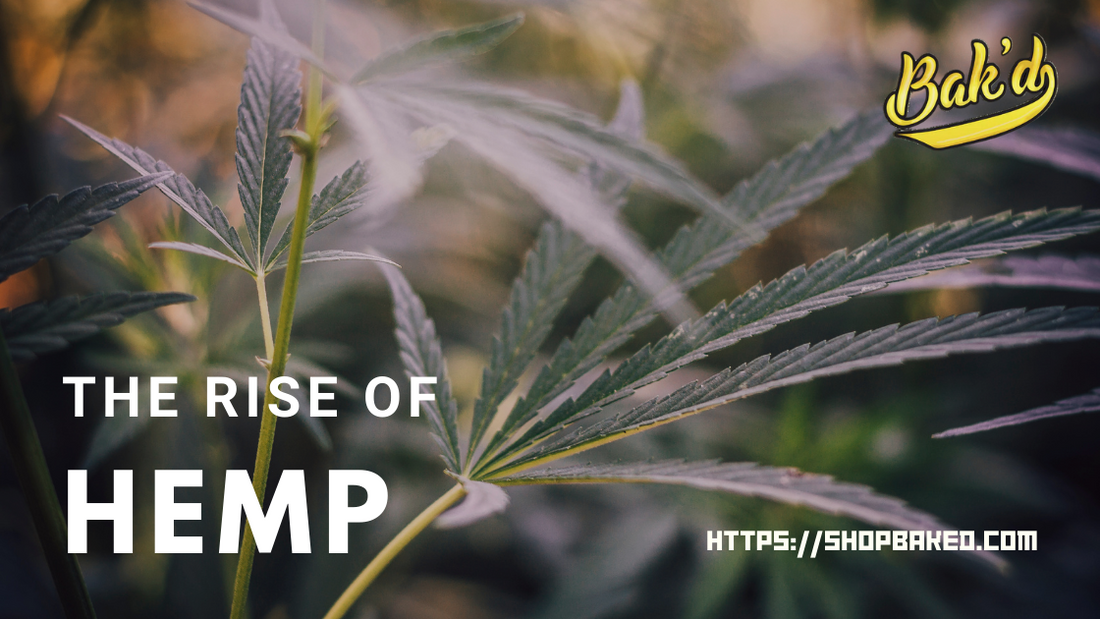
The Rise of Hemp: Revolutionizing Eco-Friendly Fashion
Share
Introduction: In recent years, the fashion industry has witnessed a significant shift towards sustainability and eco-consciousness. One of the most exciting developments in this realm is the rise of hemp as a key player in eco-friendly fashion. This blog post explores how hemp is revolutionizing the world of sustainable fashion, offering a glimpse into its environmental benefits, versatility, and growing popularity.
The Environmental Benefits of Hemp: Hemp stands out as an eco-friendly material due to its minimal environmental impact. It requires significantly less water and pesticides compared to traditional crops like cotton. Moreover, hemp is known for its ability to replenish soil fertility, making it a champion of sustainable farming practices. The durability of hemp also means that clothing made from it lasts longer, reducing the need for frequent replacements and thereby lessening waste.
Versatility and Durability: Hemp's versatility is another reason for its rising popularity in the fashion industry. It can be woven into various textures, from linen-like lightness to a canvas-like robustness. This adaptability makes it suitable for a wide range of clothing items, including dresses, shirts, pants, and even accessories like bags and hats. Furthermore, hemp's natural durability ensures that these items are not only stylish but also long-lasting.
Trendsetting in Hemp Fashion: Designers and brands are increasingly incorporating hemp into their collections, recognizing its potential as a sustainable fashion material. From high-end designers to affordable fashion lines, hemp is making its mark across the spectrum. These fashion-forward initiatives are not only promoting eco-friendly practices but are also setting new trends, proving that sustainability can go hand-in-hand with style.
The Cultural Shift Towards Sustainable Fashion: The rise of hemp is part of a larger cultural shift towards sustainable and ethical fashion. Consumers are becoming more aware of the environmental impact of their clothing choices and are seeking alternatives that align with their values. Hemp, with its minimal ecological footprint and ethical production, is meeting this demand, paving the way for a more sustainable fashion future.
Conclusion: The incorporation of hemp into the fashion industry is a testament to the growing commitment to sustainability and environmental responsibility. As hemp continues to gain popularity, it paves the way for a fashion industry that not only looks good but also does good for the planet. The rise of hemp is not just a trend; it's a revolution in eco-friendly fashion, setting a new standard for the industry and consumers alike.
